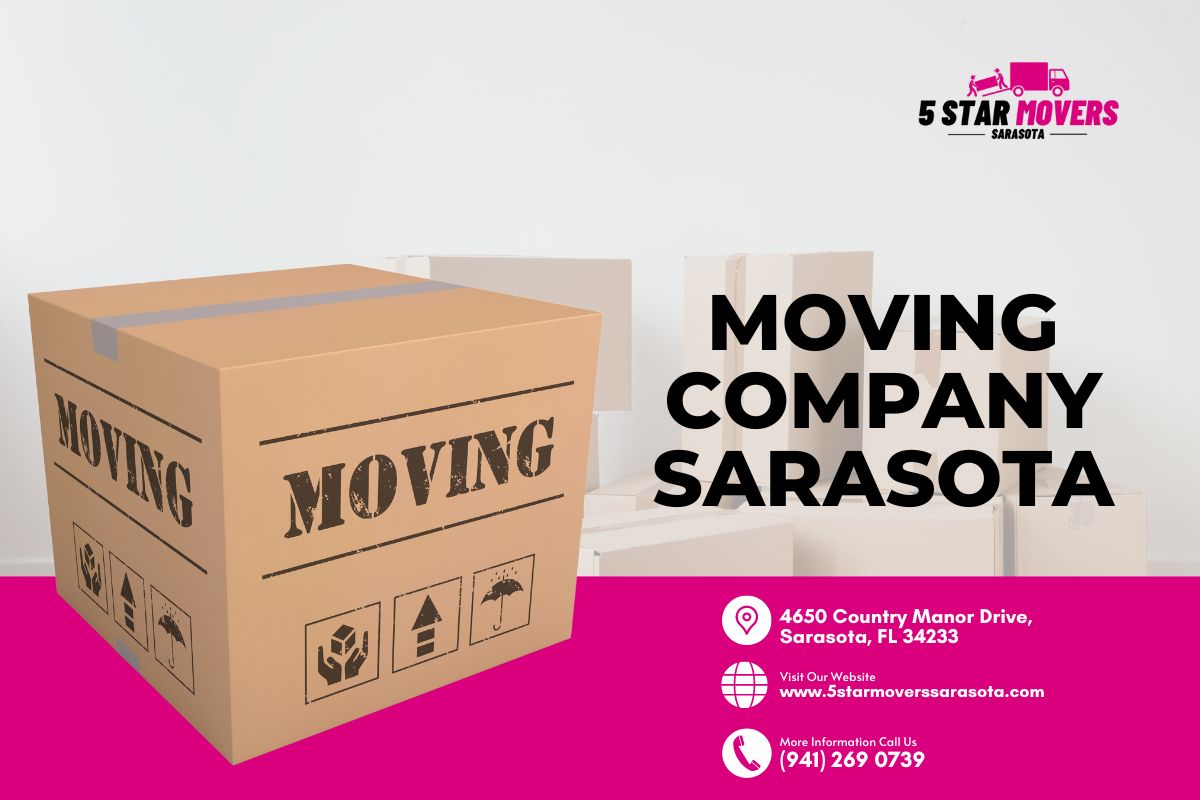

Introduction
Moving offices can be a daunting task, especially when it comes to managing inventory and stock. It's crucial to have a well-planned strategy in place to ensure a smooth transition and minimize disruptions to your business operations. In this article, we will provide expert advice on how to effectively manage inventory and stock during an office move. Whether you're relocating locally or hiring professional movers like Movers Sarasota for a long-distance move, these tips will help you navigate the process with ease.
Expert Advice on Managing Inventory and Stock During an Office Move
Moving offices involves more than just packing up boxes and furniture. It requires careful consideration of your inventory and stock to prevent any loss, damage, or disruption to your business. Here are some expert tips to help you manage your inventory and stock during an office move:
1. Start Early and Create a Timeline
Office moves require meticulous planning and organization. Start preparing for the move as early as possible to allow sufficient time for inventory management. Create a detailed timeline that includes all the necessary tasks, such as auditing inventory, packing, labeling, transportation arrangements, and unpacking at the new location.
2. Conduct an Inventory Audit
Before packing up your inventory, conduct a thorough audit to assess the quantity, condition, and value of each item. This will help you identify any discrepancies or missing items during the moving process. Use inventory management software or spreadsheets to keep track of your assets and update them accordingly.
3. Categorize Your Inventory
Organizing your inventory into categories can streamline the moving process. Group similar items together based on their type, purpose, or department. This will make it easier to pack, label, and unpack items at the new office location.
4. Declutter and Dispose of Unwanted Items
Moving offices provides an excellent opportunity to declutter and get rid of unwanted or obsolete inventory. Dispose of any items that are damaged, outdated, or no longer serve a purpose. You can consider donating usable items to local charities or selling them online to recoup some costs.
5. Develop a Packing Strategy
To ensure the safety of your inventory and stock during transit, develop a packing strategy. Use sturdy boxes, bubble http://eduardoizdq840.almoheet-travel.com/moving-companies-near-me-locating-quality-local-movers-in-your-area wrap, and packing peanuts to protect fragile items. Clearly label each box with its contents and the department it belongs to. This will make it easier to identify and unpack items at the new office.
6. Coordinate with Your Moving Company
If you're hiring professional movers like Movers Sarasota, communicate your inventory management plan with them. Provide them with detailed information about your inventory and stock so that they can handle them appropriately during the move. Work closely with the moving company to ensure a seamless transition.
Frequently Asked Questions (FAQs)
Q1: How far in advance should I start preparing for an office move?
A1: It is recommended to start preparing for an office move at least three months in advance. This will give you ample time to organize your inventory, make necessary arrangements, and address any unexpected issues that may arise.
Q2: How can I minimize disruptions to my business operations during an office move?
A2: To minimize disruptions, consider moving during non-peak hours or on weekends when there is less foot traffic in your office. Communicate the move with your employees and clients well in advance, providing them with alternative contact information if necessary.
Q3: Should I pack my inventory myself or hire professionals?
A3: It is advisable to hire professionals for packing fragile or valuable items, especially if you lack experience or proper packing materials. However, you can involve your employees in packing non-fragile items under proper guidance.
Q4: How can I ensure the safety of my inventory and stock during transit?
A4: Ensure that all items are securely packed and labeled. Use appropriate packing materials to protect fragile items. Coordinate with your moving company to ensure they handle your inventory with care and consider getting insurance coverage for added protection.
Q5: How do I prevent loss or damage to my inventory during the move?
A5: Conduct a thorough audit before and after the move to identify any missing or damaged items. Keep an inventory checklist and compare it with the unpacked items at the new office location. Report any discrepancies to your moving company immediately.
Q6: What steps should I take after the move to organize my inventory in the new office?
A6: Unpack and organize your inventory based on the categories you established earlier. Update your inventory management system accordingly and conduct another audit to ensure everything is accounted for.
Conclusion
Managing inventory and stock during an office move requires careful planning, organization, and coordination. By starting early, conducting an inventory audit, categorizing your items, decluttering, developing a packing strategy, and coordinating with your moving company, you can ensure a smooth transition without disruptions to your business operations. Keep these expert tips in mind when planning your next office move to make the process as seamless as possible.